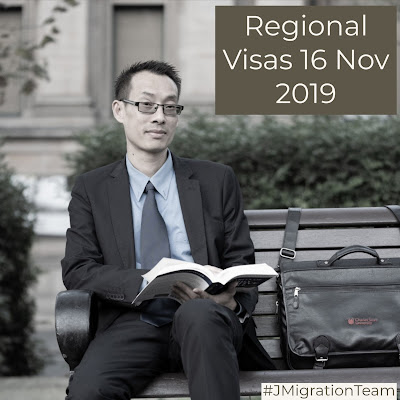From 16 Nov 2019, there won't be any English language exemption for visa subclass 186; Transitional Stream.
"For the purposes of paragraphs 186.222(b) of Schedule 2 to the Regulations, persons who, at the date of application for a Subclass 186 have completed a minimum of five years of full-time study in a secondary or higher education institution where all tuition was delivered in English", this will be repealed on 16 Nov 2019.
All subclass 186; Transitional Stream visa applicants have until 15 Nov 2019, 8:30pm to lodge their visa application if they want to be exempted from their English language requirement.
We wish everyone the best.
We still have a few more days to rush this through.
Hang in there everyone.

















